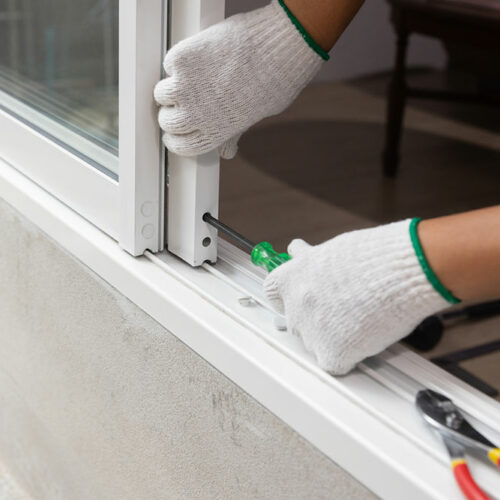8 sunscreen mistakes that could harm the skin

Applying sunscreen is one of the most essential aspects of every skincare routine. It is necessary to get a broad-spectrum sunscreen with potent UVA and UVB-blocking agents, as these help prevent sunburns and minimize the formation of wrinkles, sunspots, and other signs of aging. Furthermore, applying sunscreen is an effective measure to lower the risk of skin cancer. However, certain sunscreen mistakes could harm the skin. Keep reading to learn more about such common mistakes. Not applying enough amounts of sunscreen This is a common mistake many people make while applying sunscreen. When it comes to the face, two fingers’ worth of sunscreen is enough. Also, when applying sunscreen to the body, it is advised to use at least an ounce. Moreover, use lotions instead of aerosol sprays. The sprays are not effective in coating the skin uniformly and may pose the risk of inhalation. Not reapplying sunscreen every two hours It’s a misconception that only one coat of sunscreen is enough to last through a day. All sunscreens start to lose their protective effect over time. Moreover, a higher SPF doesn’t mean the effectiveness will last longer. Irrespective of the SPF rating of the product, it is important to reapply the sunscreen at least every two hours.






